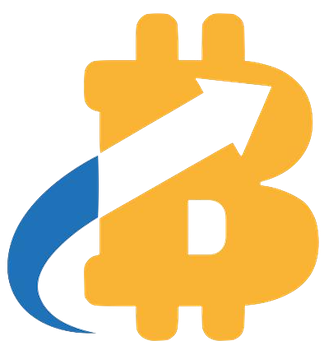The ongoing evolution of cryptocurrency regulations in Europe marks a pivotal moment in the digital asset landscape. With the introduction of the Markets in Crypto-Assets (MiCA) framework in January 2023, the European Union is tightening its grip on how stablecoins—critical components within the crypto ecosystem—are managed and issued. This regulatory overhaul aims not only to foster investor protection but also to enhance the overall stability of the financial system in light of the growing influence of cryptocurrencies.
The stringent measures ushered in by MiCA have pushed several crypto exchanges, such as Kraken and Crypto.com, to devise tailored solutions that can meet newly established regulatory standards. The urgency of this shift is underscored by the fact that non-compliant stablecoins, including Tether’s USDT and PayPal’s PYUSD, have already been forced off many European exchanges.
MiCA categorizes stablecoins into two main types: e-money tokens (EMTs) and asset-referenced tokens (ARTs). This classification is crucial as each type is subject to specific compliance requirements set by EU authorities. Issuers of such tokens are mandated to obtain authorization from EU financial regulators, which necessitates transparency regarding their reserves, stringent backing by liquid assets, and adherence to consumer protection principles.
The impacts of these regulations are far-reaching, as they create a new legislative framework that could potentially set a global standard for stablecoin governance. The need for such clarity arises from the unprecedented growth of the crypto market, which has led to increased investor interest and participation. By enforcing laws that keep pace with technological advancements, EU policymakers aim to mitigate systemic risks and prevent the market volatility seen in the past.
In light of these developments, Kraken and Crypto.com are taking the lead in cultivating their own stablecoins as a proactive measure against impending regulatory challenges. Kraken looks set to introduce a US dollar-pegged stablecoin through its operations in Ireland, a strategic move that will not only facilitate compliance but also secure its foothold within the European market. This type of forward-thinking strategy exemplifies how exchanges can leverage in-house solutions to control their operation effectively, thereby managing risk and ensuring regulatory adherence.
Conversely, although Crypto.com is also on a parallel path with plans for its proprietary stablecoin, specifics regarding its backing and structural design remain undisclosed. The exchange’s recent achievement in acquiring a MiCA license from Malta signifies a notable milestone, enabling it to navigate the complex regulatory landscape across all countries within the European Economic Area (EEA).
The potential effects of MiCA extend beyond just compliance; they represent a fundamental shift in the crypto market’s dynamics. As exchanges like Kraken and Crypto.com pivot towards proprietary stablecoin issuance, reliance on third-party stablecoins becomes increasingly questionable. This not only enhances liquidity control but also creates a landscape where exchanges can respond rapidly to regulatory changes without being hindered by external dependencies.
Moreover, as the EU sets clear parameters about reserve requirements and operational practices for stablecoin issuers, the pressure mounts on existing players to adapt or face exclusion. Major firms like Circle have begun realignment efforts to ensure compliance, whereas others like Tether find themselves in a more precarious position.
The regulatory framework established by MiCA is likely to radiate influence beyond European borders, casting a long shadow over stablecoin operations globally, including in jurisdictions like the United States and Asia. As countries across the world observe the EU’s approach to stability and compliance in the crypto sphere, it is plausible that similar initiatives will emerge in diverse regulatory environments.
As the EU shifts towards stricter oversight of digital assets, leading exchanges are embracing changes that will drive the innovation of stablecoins in a responsible and compliant manner. The evolution of stablecoins amidst these regulatory waters highlights the dynamic interplay of legislation, market forces, and technological advancement that characterizes today’s cryptocurrency landscape. With the September 2025 deadline looming for MiCA’s full implementation, the next couple of years will be crucial in shaping the future of stablecoin regulation both in Europe and around the world.



















Leave a Reply